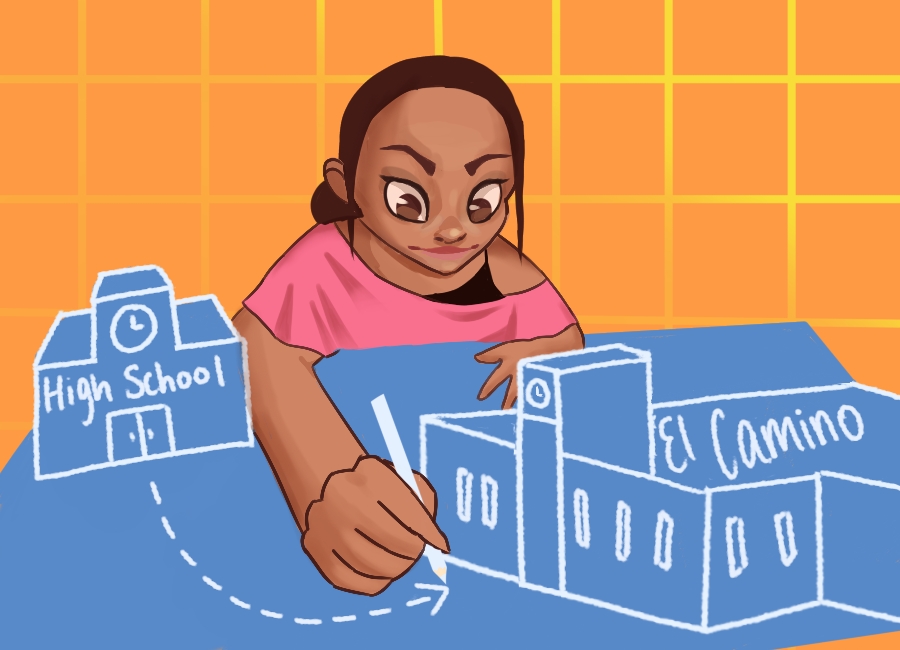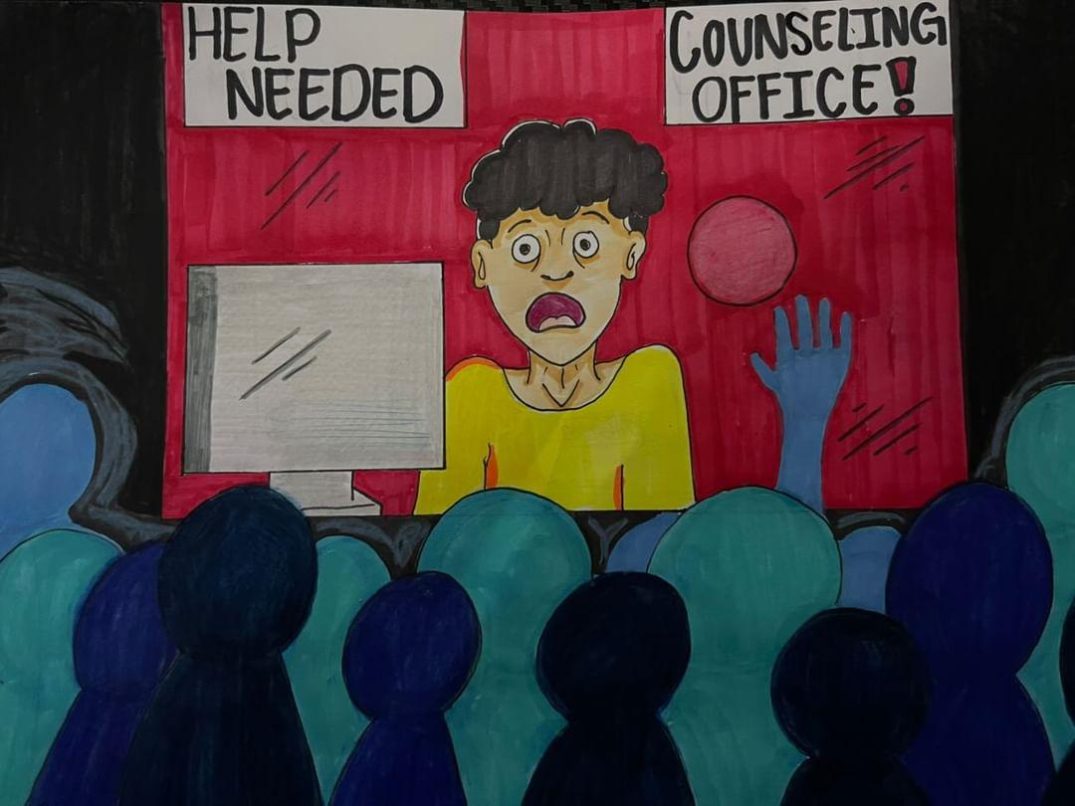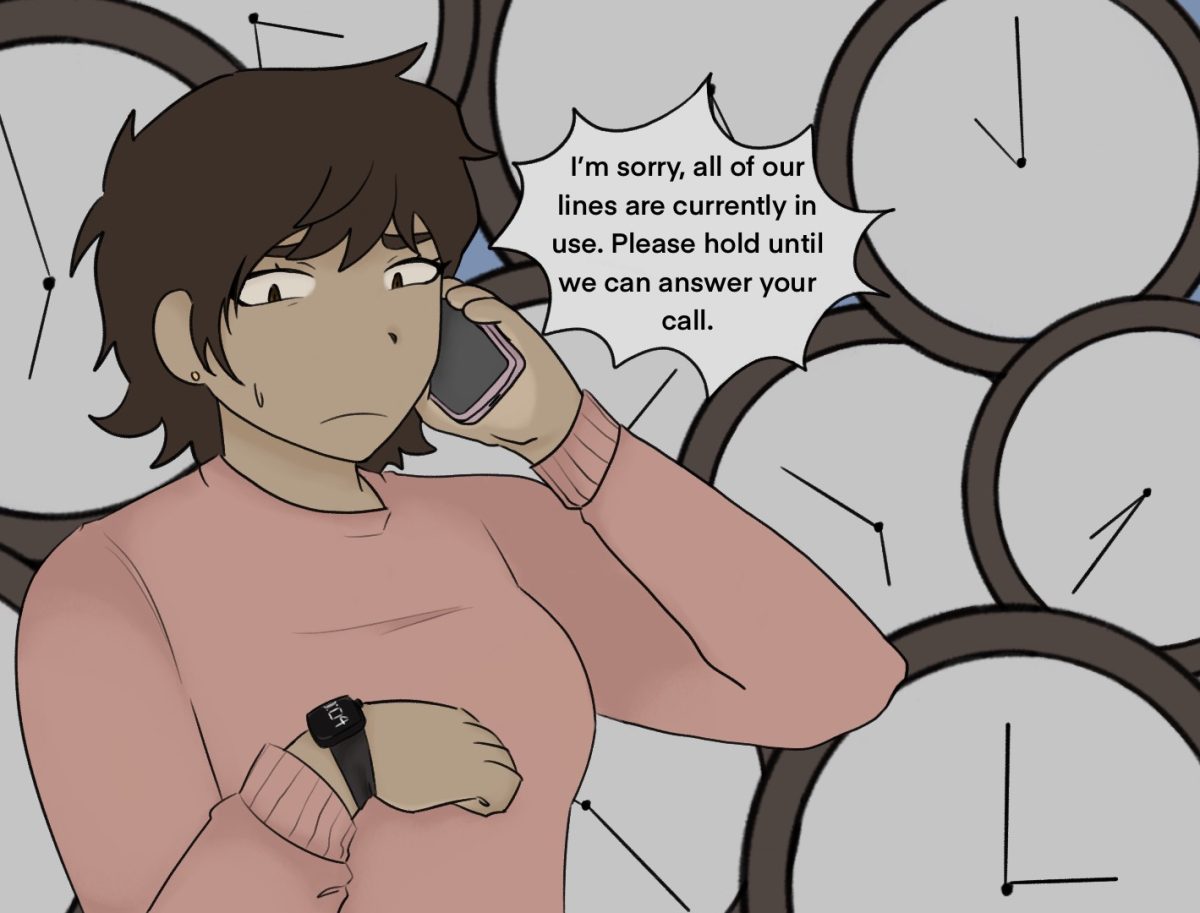A serious problem often hidden behind closed doors has been pushed out into the open.
As many of you already know, October was National Domestic Awareness Month. The reality of this type of violence against women affects them a lot more than we realize. Domestic violence affects women of all ages, races, ethnicities and religious backgrounds.
It doesn’t discriminate based on socio-economic or marital status. And contrary to what its name may suggest, domestic violence impacts women outside the home and affects all aspects of their lives like relationships with family and friends, employment, as well as physical and emotional health.
Statistics show that one in four women in the U.S will be a victim of domestic violence in her lifetime. Many more cases go unreported and are not reflected in this statistic. In fact, domestic violence is one of the most under-reported crimes in the nation, according to the National Coalition Against Domestic Violence.
In an abusive relationship involving domestic violence, the perpetrator has one goal: to gain and maintain complete control over the other person. This can be done in a number of ways. While physical abuse is often the first example to come to mind, dominance and control can be carried out through emotional and verbal, as well as sexual, abuse.
According to the Kansas City Star, 30 domestic abuse suspects are walking free in northeast Kansas because different arms of government couldn’t agree on who should pay for their prosecution. On Oct. 11, Topeka’s city council voted 7 to 3 and took the startling step of repealing the local law that makes domestic violence a crime. The move is aimed at making sure the city isn’tstuck with the bill for domestic violence cases.
Can you believe it’s no longer illegal to abuse a spouse if you’re in Topeka, Kan., at least under city law? I absolutely do not understand it. It’s really outrageous that they’re playing with family safety to see who blinks first. People could have died while they were waiting to straighten the law out.
Domestic violence can be physical, sexual or emotional. Whether it is slapping, punching, shoving, beating, kicking, threats of harm or any pattern of behavior that causes emotional harm is violence. Violent behavior toward others is wrong; it is against the law no matter who does it. Most acts of violence are committed within the family circle and most people who abuse their intimate partners appear to be just like us. They are present in any community, religion or class. They can be your co-worker, the charismatic coach or a member of your family. The characteristic they have in common is the need to control an intimate partner using abusive verbal, psychological and physical tactics.
In order to prevent domestic violence, we each need to change how we view abuse within families and intimate relationships. Too often we think we have no business commenting on the personal lives of others. The truth is, that we all have a responsibility to prevent domestic violence. The economic costs to employers, health care systems and criminal justice systems are high.
The emotional costs to a community are higher still. The impact on children who witness domestic violence is long-lasting and, without intervention, will continue the cycle of domestic violence for generations.
Each of us can and should play an important part in a community response to domestic violence by taking action when we learn about abusive behaviors. People can work together to identify, report and prevent this terrible problem and not only during National Domestic Awareness Month but always.






